Speaker
Description
Context. Transmission spectroscopy is a prime technique to study the chemical composition and structure of exoplanetary atmospheres. Strong excess absorption signals have been detected in the optical Na I D1, 2 Fraunhofer lines during transits of hot Jupiters, which are attributed to the planetary atmospheres and allow us to constrain its structure.
Aims. We study the atmosphere of WASP-7 b by means of high-resolution transit spectroscopy in the sodium lines.
Methods. We analyze a spectral transit time-series of 89 high-resolution spectra of the hot Jupiter WASP-7 b that was observed using the Ultraviolet and Visual Echelle Spectrograph (UVES). We use the telluric lines for an accurate alignment of the spectra and carry out a telluric correction with molecfit. Stellar magnetic activity is monitored by investigating chromospheric lines such as the Ca ii
H and K and hydrogen Hα lines. Finally, we obtain transmission spectra and light curves in the sodium lines region.
Results. The star shows no identifiable flares and, if any, marginal changes in activity during our observing run. The sodium transmission spectra and corresponding light curves clearly show signs of the Rossiter-McLaughlin effect (RM) and the stellar center-to-limb variation (CLV) that we model using synthetic spectra. A statistically significant, narrow absorption feature with a line contrast of 0.47 ± 0.06 % and a FWHM of 0.13 ± 0.03 Å is detected at the location of the Na I D2 line. For the Na I D1 line signal, we derive an upper limit of 0.12 %.

